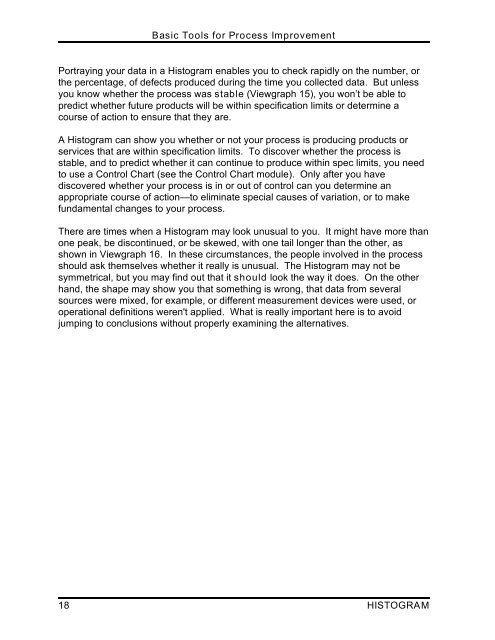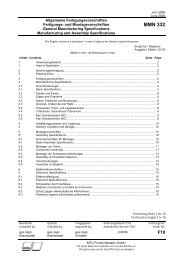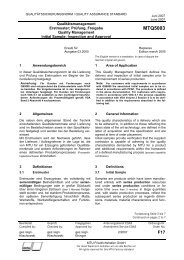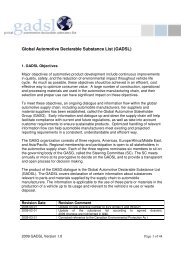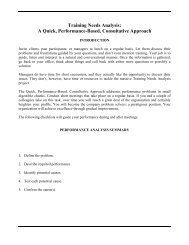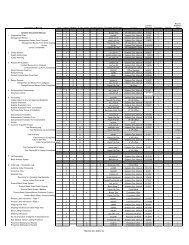Basic Tools for Process Improvement
Basic Tools for Process Improvement
Basic Tools for Process Improvement
Create successful ePaper yourself
Turn your PDF publications into a flip-book with our unique Google optimized e-Paper software.
<strong>Basic</strong> <strong>Tools</strong> <strong>for</strong> <strong>Process</strong> <strong>Improvement</strong><br />
Portraying your data in a Histogram enables you to check rapidly on the number, or<br />
the percentage, of defects produced during the time you collected data. But unless<br />
you know whether the process was stable (Viewgraph 15), you won’t be able to<br />
predict whether future products will be within specification limits or determine a<br />
course of action to ensure that they are.<br />
A Histogram can show you whether or not your process is producing products or<br />
services that are within specification limits. To discover whether the process is<br />
stable, and to predict whether it can continue to produce within spec limits, you need<br />
to use a Control Chart (see the Control Chart module). Only after you have<br />
discovered whether your process is in or out of control can you determine an<br />
appropriate course of action—to eliminate special causes of variation, or to make<br />
fundamental changes to your process.<br />
There are times when a Histogram may look unusual to you. It might have more than<br />
one peak, be discontinued, or be skewed, with one tail longer than the other, as<br />
shown in Viewgraph 16. In these circumstances, the people involved in the process<br />
should ask themselves whether it really is unusual. The Histogram may not be<br />
symmetrical, but you may find out that it should look the way it does. On the other<br />
hand, the shape may show you that something is wrong, that data from several<br />
sources were mixed, <strong>for</strong> example, or different measurement devices were used, or<br />
operational definitions weren't applied. What is really important here is to avoid<br />
jumping to conclusions without properly examining the alternatives.<br />
18 HISTOGRAM


